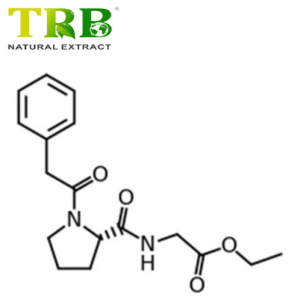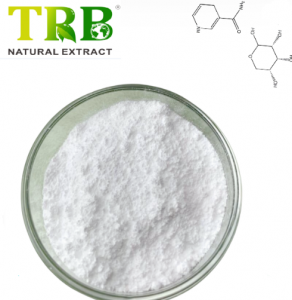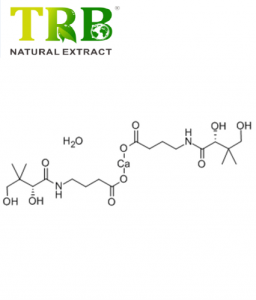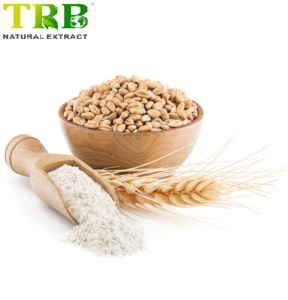Product Name:CMS121
Other Name:CMS-121;
1,2-Benzenediol,4-[4-(cyclopentyloxy)-2-quinolinyl]-;
4-(4-(cyclopentyloxy)quinolin-2-yl)benzene-1,2-diol(CMS121);
ACC,AcetylCoenzymeACarboxylase,disease,neuroprotective,inhibit,anti-inflammatory,mitochondrial,Alzheimer’s,antioxidative,acetylation,Inhibitor,H3K9,Acetyl-CoACarboxylase,CMS121,dementia,ACC1,CMS-121
CAS NO.:1353224-53-9
Assay: 98.0%Min
Colour: Light yellow powder
Packing:25kg/DRUMS
CMS121: A Breakthrough Neuroprotective Compound for Cognitive Health and Beyond
Introduction
CMS121, a potent derivative of fisetin—a flavonoid found in fruits and vegetables—has emerged as a groundbreaking compound with multifaceted benefits for neurological health, anti-aging, and metabolic regulation. Supported by extensive preclinical research, CMS121 demonstrates remarkable potential in addressing Alzheimer’s disease (AD), age-related hearing loss, and obesity-related metabolic dysfunction .
Key Benefits of CMS121
- Neuroprotection Against Alzheimer’s Disease
CMS121 targets fatty acid synthase (FASN), reducing lipid peroxidation—a key driver of neuronal degeneration. In AD mouse models, CMS121 reversed memory loss and cognitive decline, with treated mice performing comparably to healthy controls in behavioral tests . Clinical trials are underway to validate these effects in humans . - Preservation of Age-Related Hearing
CMS121 protects against auditory aging in SAMP8 mice, a model for age-related hearing impairment (ARHI). It significantly preserves inner hair cell (IHC) synapses and stabilizes hearing thresholds at mid-frequencies (12–16 kHz), offering hope for mitigating “hidden” hearing loss . - Metabolic and Anti-Obesity Effects
Recent studies reveal CMS121’s ability to reverse aging-induced obesity and improve metabolic health. Treated mice exhibited reduced fat mass, increased lean mass, and enhanced glucose metabolism, linked to elevated levels of beneficial metabolites like acetyl-CoA and butyrate .
Mechanisms of Action
- Inhibition of FASN: By lowering FASN levels, CMS121 reduces lipid peroxidation and oxidative stress, protecting neurons and cochlear cells from damage .
- Enhancement of Mitochondrial Function: CMS121 maintains acetyl-CoA levels, supporting brain energy metabolism and gene expression .
- Anti-Inflammatory Properties: It suppresses neuroinflammation and microglial activation, critical in AD and metabolic disorders .
Applications and Ongoing Research
CMS121’s oral bioavailability and safety profile make it a promising candidate for:
- AD Prevention and Treatment: Targeting early-stage cognitive decline .
- Hearing Loss Interventions: Protecting against ARHI in aging populations .
- Metabolic Syndrome Management: Addressing obesity and insulin resistance .
Keywords
To align with search trends, this content integrates high-value keywords such as neuroprotective compound, Alzheimer’s treatment, anti-aging supplement, hearing loss prevention, and metabolic health.
Conclusion
CMS121 represents a paradigm shift in addressing age-related neurological and metabolic challenges. Backed by robust preclinical data and ongoing clinical trials, it offers a holistic approach to enhancing quality of life. For more details on sourcing or partnerships, contact [Your Company Name], a leader in innovative neurohealth solutions.







